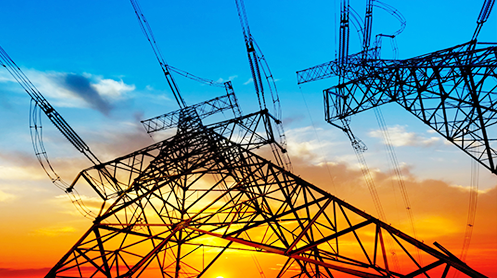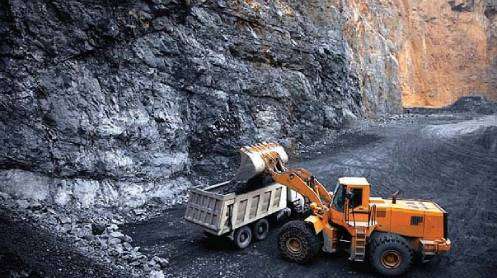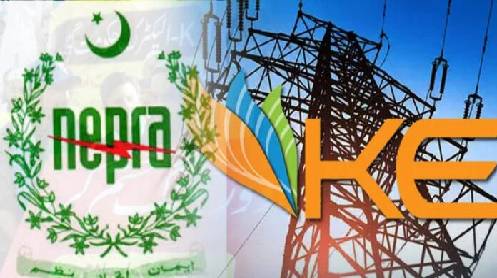ISLAMABAD: The current government continues the flawed policies of previous administrations, resulting in independent power producers (IPPs) receiving an annual windfall of over Rs2.8 billion in capacity payments from electricity consumers. As of March 2024, Pakistan’s total installed power generation capacity stood at 42,131 megawatts, with less than half being utilized. Consequently, regular bill-paying consumers are forced to cover 70% of the capacity charges for power plants that do not generate electricity.
This revelation came from the Pakistan Economic Survey 2023-24, released on Tuesday. The report highlighted that the Private Power and Infrastructure Board (PPIB) has developed 100 IPPs, contributing around 24,958 megawatts, more than half of the country’s total capacity, through $33 billion in foreign direct investment.
Currently, five multiple fuel-based IPPs with a combined capacity of 1,066MW are nearing completion and are expected to be operational during 2024-25. However, the survey did not mention hydroelectric power projects but outlined future plans for solar energy projects despite the government’s shift away from net metering, which is seen as an effective solution for reducing power outages and consumer bills.
Upcoming power projects under PPIB include 24 projects totaling 7,460MW, with 12 IPPs (1,563MW) scheduled for completion between 2024 and 2026 under the Integrated Generation Capacity Expansion Plan (IGCEP) 2022 and current policies.
Of Pakistan’s total installed capacity, hydel, nuclear, renewable, and thermal energy contribute 25.4%, 8.4%, 6.8%, and 59.4%, respectively. The reliance on thermal power has decreased, with cleaner energy sources making up 54.1% of total electricity generation, a positive shift for the economy.
From July to March FY24, total electricity consumption was 68,559 GWh, with the household sector being the largest consumer (49.2%), followed by the industrial sector (26.3%). Other sectors, including agriculture and commercial, consumed 10.1% and 7.8%, respectively, with streetlights, general services, and government accounting for 6.6%.
In the transport sector, which consumes 79% of petroleum products, the high prices led to a 7.2% decline in motor spirit and high-speed diesel consumption during July-March FY24 compared to the previous year. The legitimate oil industry has raised concerns over increased smuggling of oil from Iran, affecting legal sales. Total demand for petroleum products fell from 17.5 million tonnes in FY23 to 12.3 million tonnes during July-March FY24, with the transport and power sectors being the primary consumers.
Pakistan, a net importer of petroleum products, imported approximately 11 million tonnes valued at $8.4 billion during July-March FY24, primarily motor spirit, HSD, and crude oil. Efforts to reduce reliance on furnace oil led to zero imports compared to $307.7 million in FY23. Total gas consumption was estimated at 3,207 million cubic feet per day (mmcfd), with natural gas contributing 28.9% to the primary energy mix in FY23.
Story by Zafar Bhutta







